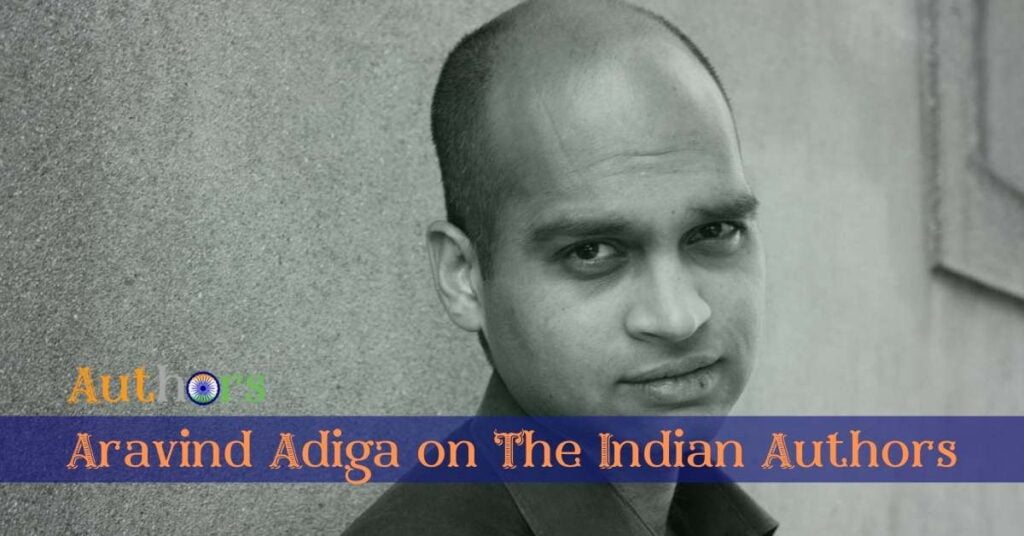Anita Desai is a famous Indian novelist and short story writer. She is one among the very few who have given Indians a global say in the terms of English literature. Her novels surpass the timeline and are still read widely somewhere because of the academic compulsion and somewhere because of literary awareness.
Born in Mussoorie on June 24, 1937, Anita Desai is the daughter of a Bengali father and a German mother. In her very childhood, she had undergone varied influences that might have shaped her creative imagination and fictional craftsmanship. She had her early education in Delhi. Desai published her first novel, Cry The Peacock in 1963 at an early age. She also wrote an autobiographical novel, Clear Light of Day. It is a record of her early life. Besides Cry The peacock and Voices in the city, her works include:
- Bye Bye Blackbird in 1971
- Where Shall We Go This Summer? in 1975
- Fire on the Mountain in 1977
- Clear Light of Day in 1980
- The Village by the Sea in 1982
Iyenger once remarked about her “an original that has the courage to go its own way”. Cry The Peacock is a nostalgic tale; the story of Maya and her married life with Gautama. The novel depicts vividly the capital city Delhi. In Voices in the City, the scene shifts from Delhi to Calcutta. The Maya-Gautam tragedy in Cry the Peacock seems to be re-enacted in Voices in the City by Monisha-Jiban marriage. Monisha was unable to live in her husband’s house, and consequently, she commits suicide. In her later novel, Bye Bye Black Bird, Anita Desai moves away from the familiar panorama of Delhi and Calcutta to a very distant land – Britain. In Where Shall We Go This Summer? The recurring theme of loneliness and depression again appears. Once again the novelist returns to the theme of alienation and communication in married life.
In her fifth novel, Fire On the Mountain, she explores the innermost emotional world of Nanda Kaul, an old lady. In this novel too, the protagonist has become the victim of a hallucination.
The most conspicuous feature of her fiction is word-painting of her characters that appear as live throughout the novel. Anita Desai has a mastery, if I may say, in portraying her female characters which she does with the utmost care and a sincere dexterity which we seldom find in other novelists writing in her times. Her female characters, if not all then most of them, explore different dimensions of existential dilemma and issues. Her most of female characters as Maya, Monisha and Sita are obsessed with the idea of death, it can be argued very strongly. Desai’s elegant and lucid fiction vividly draws out the atmosphere, society and landscape of her native land, and are often quoted and cited for the portrayal of Indian women. Anita Desai has received the Sahitya Akademi award in 1978 for her novel Fire On The Mountain. For her decoration, she also won the British Guardian Prize for The Village by the Sea.
Her fiction and vision will always be a treasure for the Indian literature enthusiasts who want to explore more than what they have on the literary plate most often. Anita Desai is an example for the modern authors, and also the female authors, who want to contribute meaningful literature to India’s global reputation in the terms of English fiction!
by Ravi Kumar




